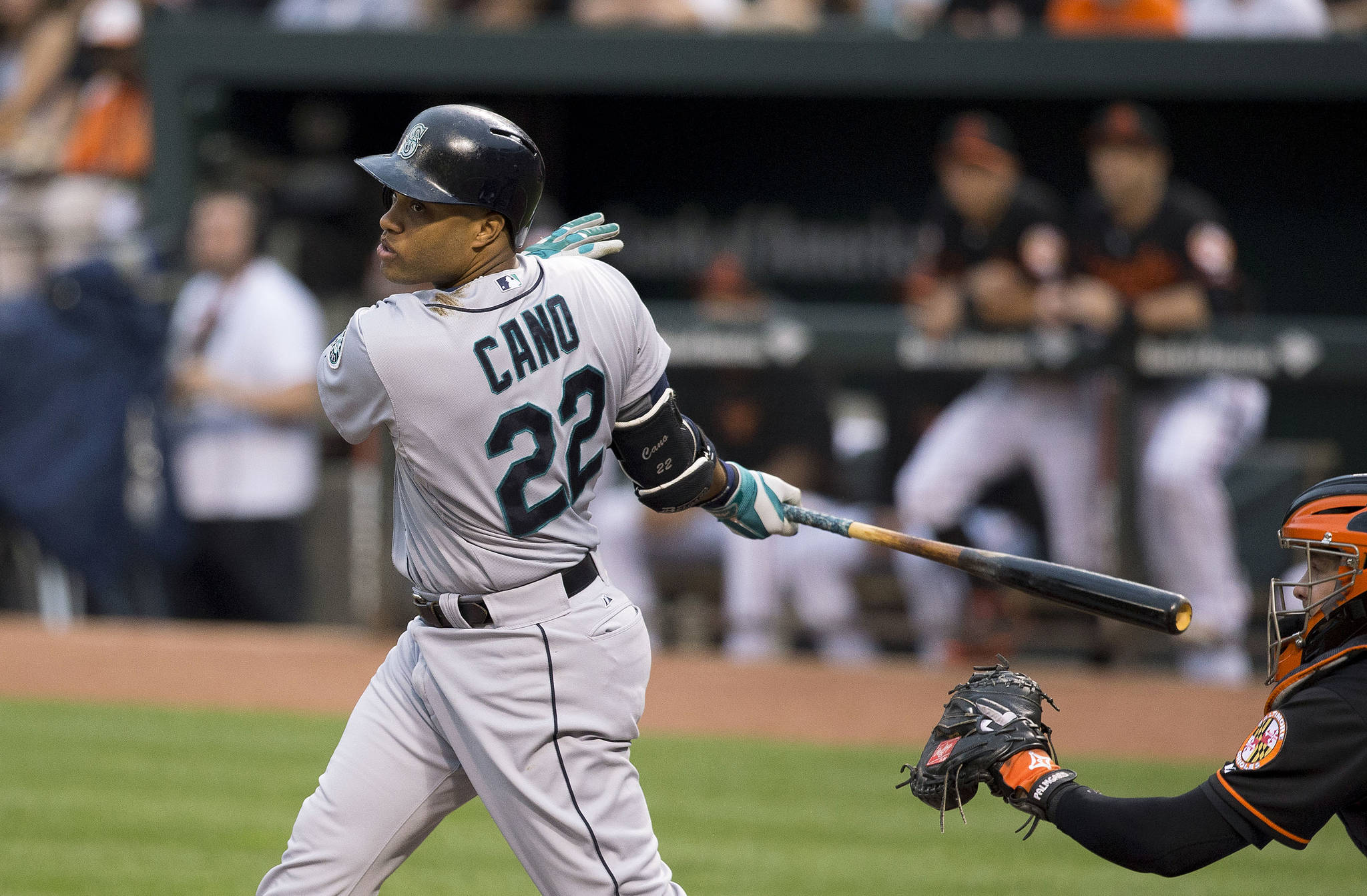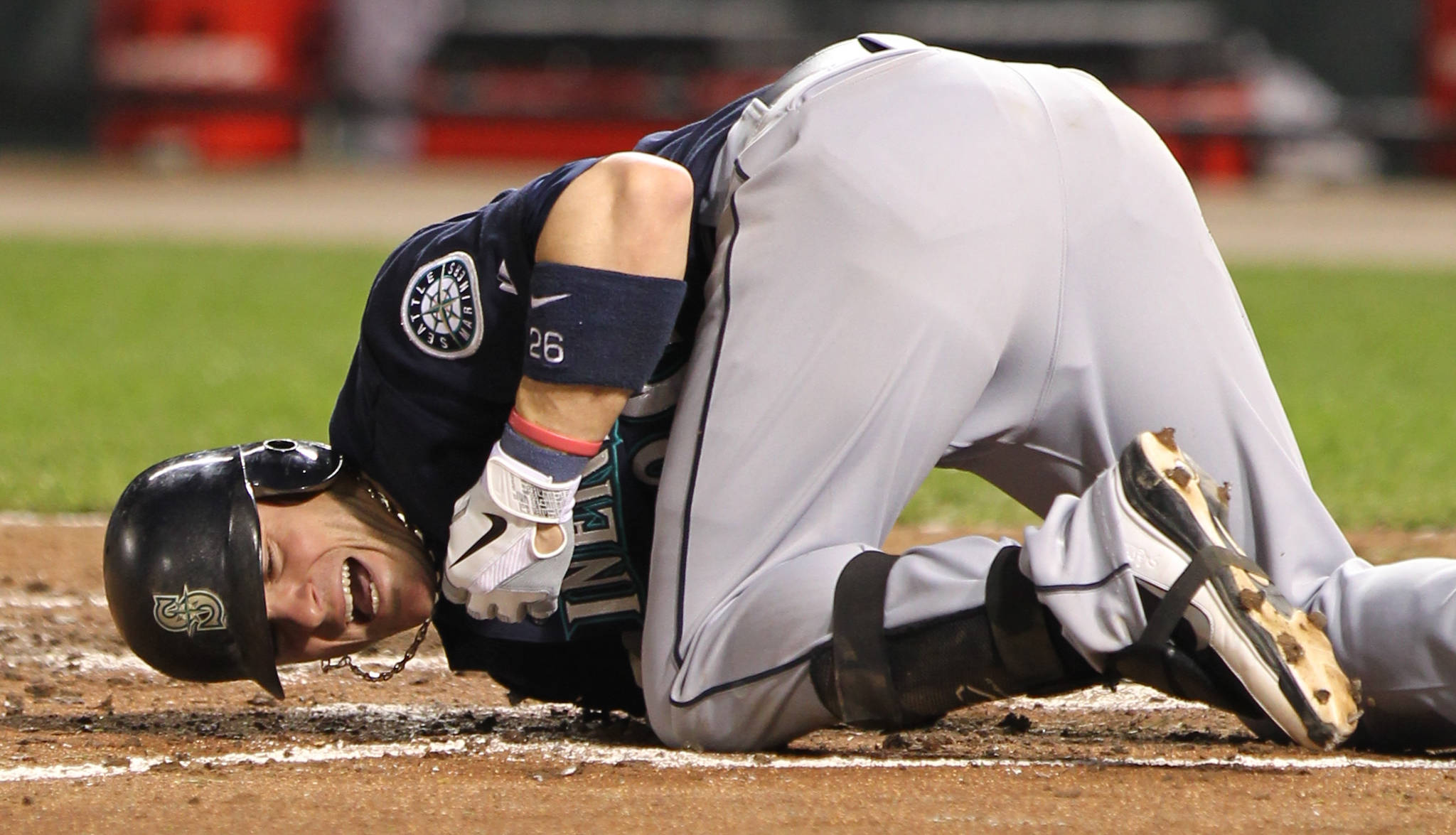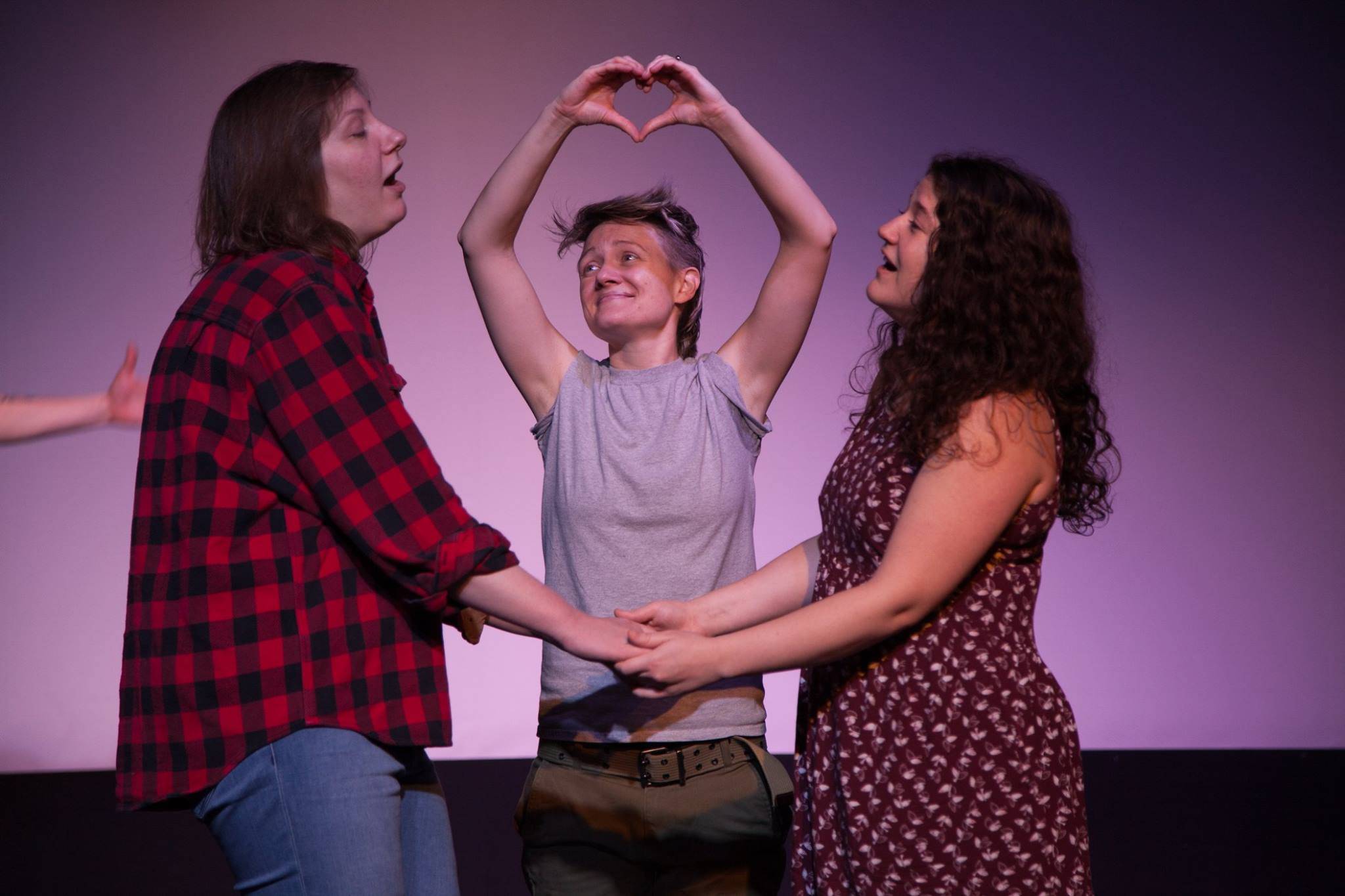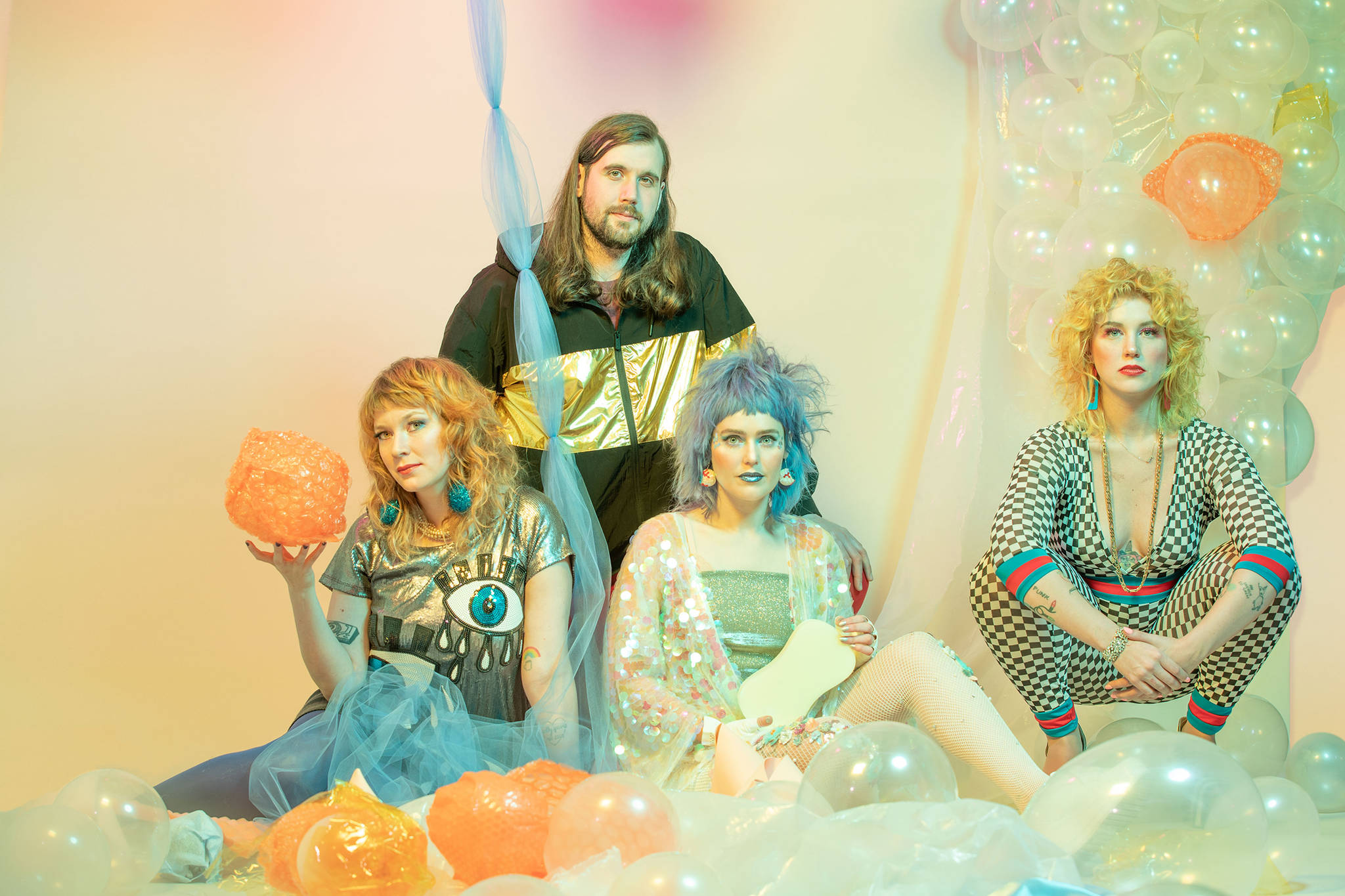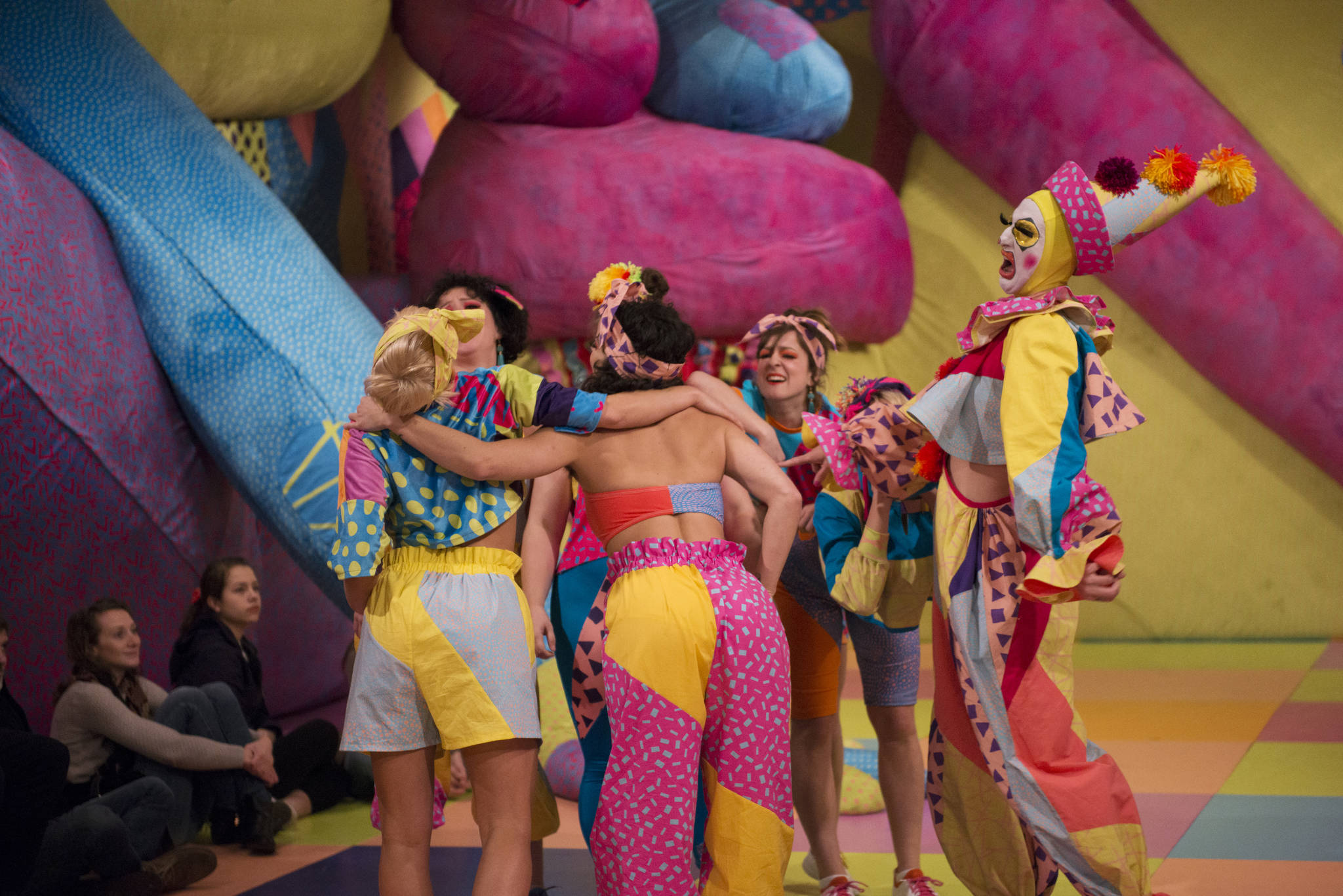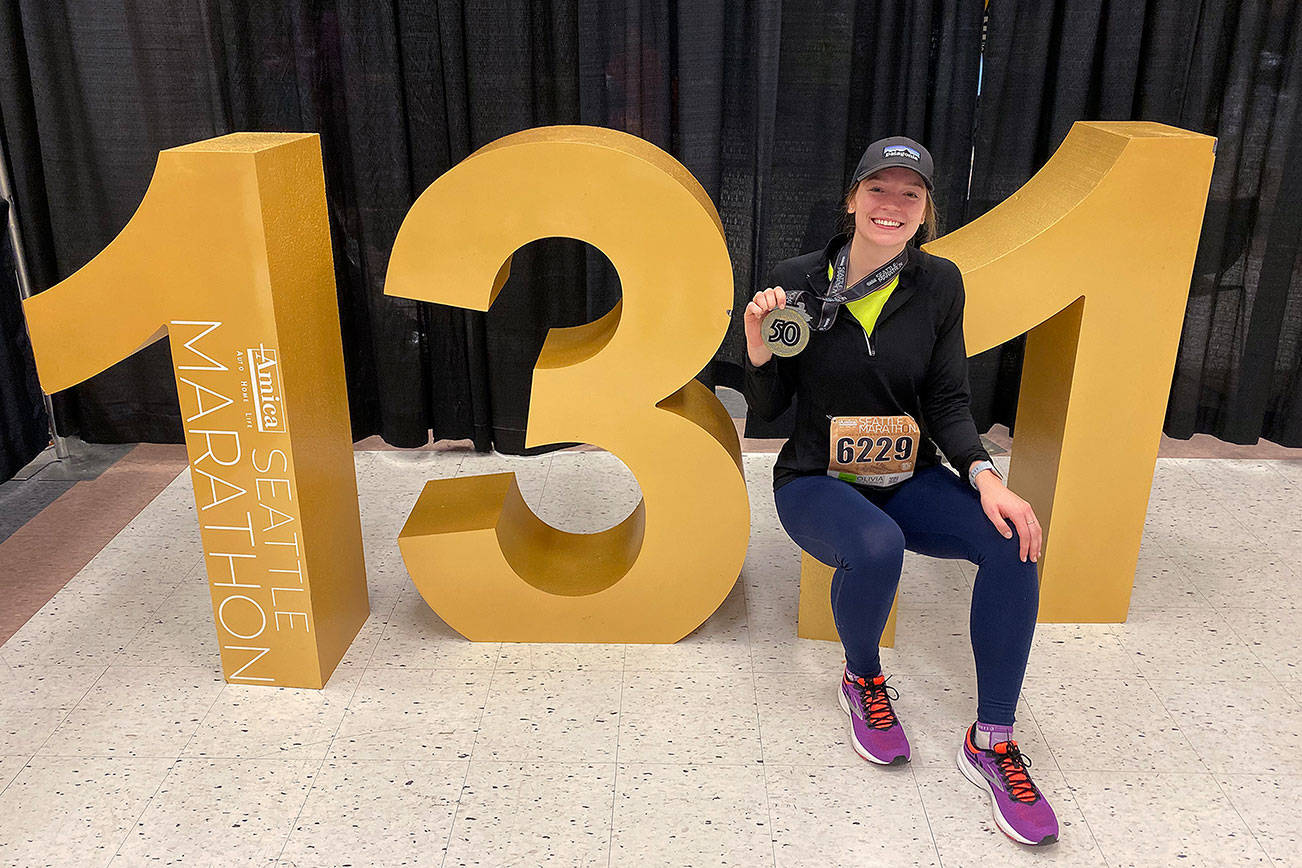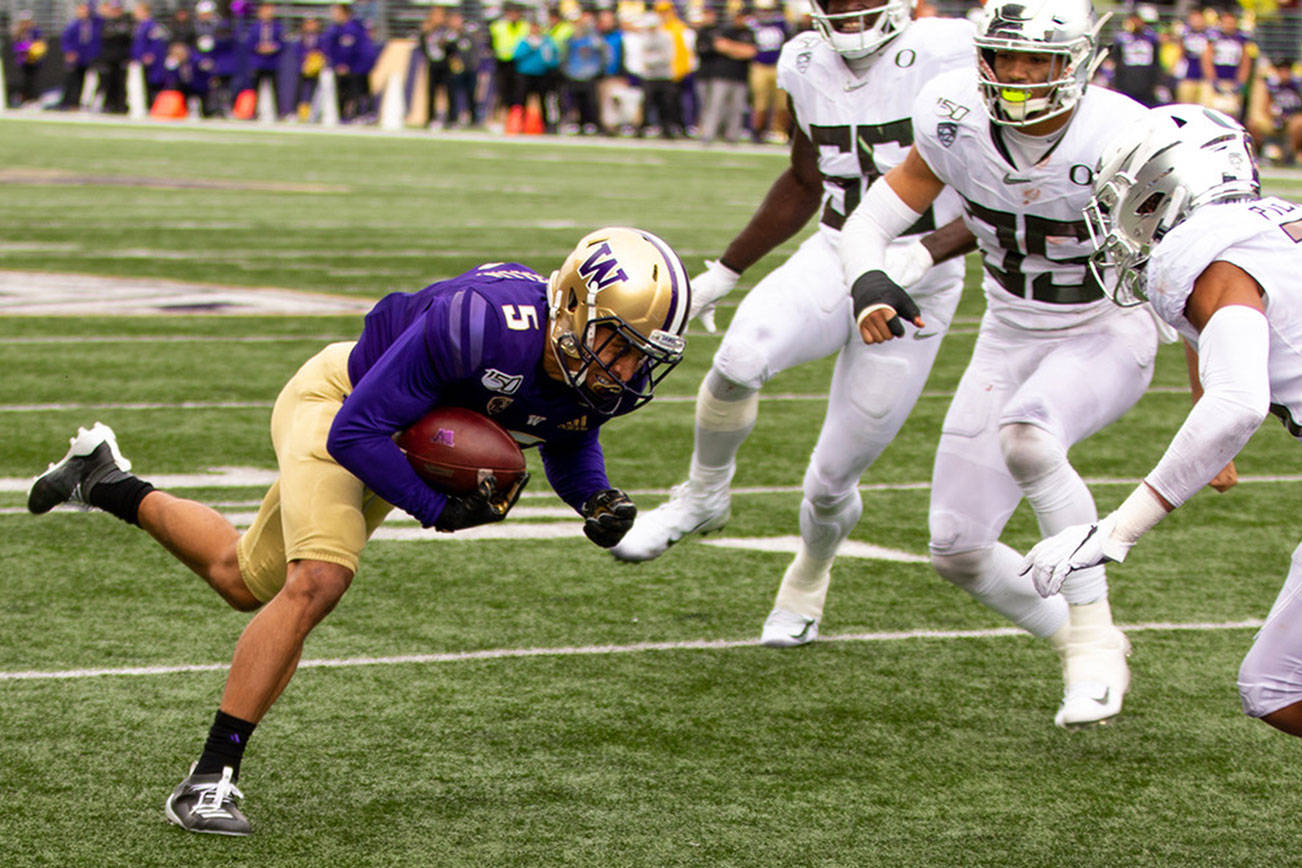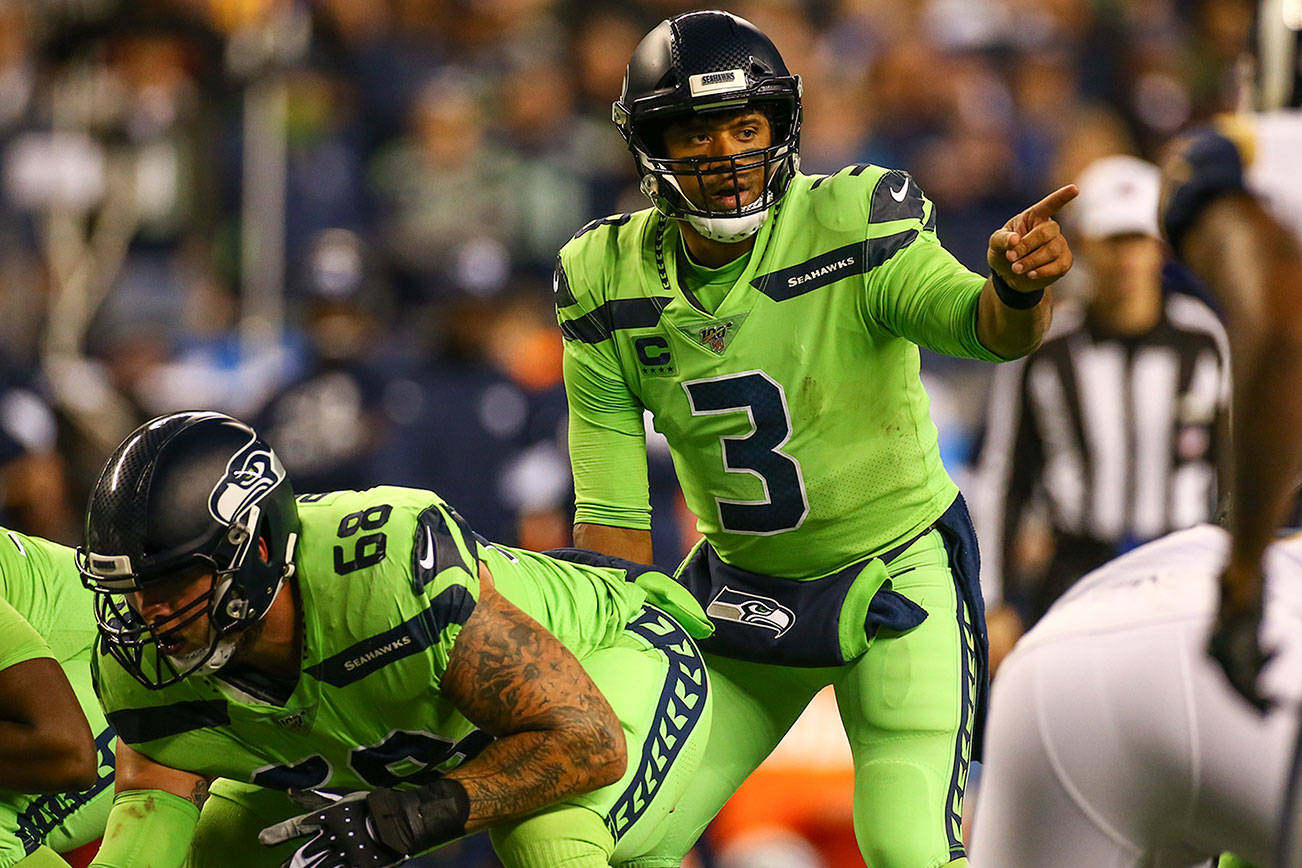The Seattle Mariners are just the worst.
We’ve reached the point where that is a statistically verifiable fact.
When the Buffalo Bills improbably made the NFL playoffs last year, the Mariners took over the title as the major North American sports team with the longest playoff drought: 16 seasons and counting. The squad hasn’t played a post-season game since its record-breaking 116-win 2001 campaign. Their last playoff game was the day before the release of the first iPod. The wound of 9/11 was still fresh on the American consciousness, but the War in Afghanistan—the longest war in the country’s history—had yet to begin. Nickelback was weeks away from first charting with “How You Remind Me.” Forget Facebook, MySpace was still almost two years away from launching. The team’s current closer, Edwin Díaz, was 7.
And it doesn’t look like the Mariners will break their streak any time soon. Nobody’s picking the team to make the playoffs.
That wasn’t always the case. Improbably enough, experts have picked the Mariners as World Series favorites entering mulitple seasons during the drought. As recently as 2016, pundits thought the core of Felix Hernandez, Robinson Canó, and Nelson Cruz could coalesce into a championship squad. Now with the stars aging, it feels like the window of contention is closing—a window that never really opened in the first place.
In the 24/7 sports culture of 2018, the Mariners occupy a rare spot—total irrelevance. They’ve not been putrid enough to become a punch line like the Cleveland Browns, nor have they tanked seasons in an attempt to snag the high draft picks that can rejuvenate an organization’s talent pool. A number of professional teams, including the defending World Series champion Houston Astros, have done just that, taking intentional dives to stock up on young talent. Meanwhile, the Mariners have continued to try, consistently landing in the middle of the pack and earning a top-10 draft pick in only six seasons during the playoff drought. As a result, the M’s farm system ranks in baseball’s bottom five, so there’s not even light at the end of the already dark tunnel. The club has usually avoided being a disaster, instead opting for something much worse—unadulterated mediocrity.
In sports, heartbreaking agony builds character. Before their teams’ recent World Series victories, Red Sox and Cubs fans were tightknit communities (and lovable underdogs nationally) because of the shared traumatic events brought on by the likes of Bill Buckner and Steve Bartman. There hasn’t been any comparable agony for the Mariners. Even when the team finished one game out of the American League Wild Card in 2014, that was only the result of an unlikely late push; it never felt like a playoff team during the season.
Under the guidance of historically incompetent general managers Bill Bavasi and Jack Zduriencik, an ongoing series of disastrous roster moves hardened Mariners fans to the very concept of hope. Even rare good moves—signing Nelson Cruz, drafting Kyle Seager, trading for Cliff Lee—weren’t enough to counteract the surrounding awfulness. Mariners GMs gave big contracts to duds like Carlos Silva, Chone Figgins, and Richie Sexson. They drafted Jeff Clement over Troy Tulowitzki, Ryan Zimmerman, Ryan Braun, Andrew McCutchen, and Jay Bruce; Brandon Morrow over Clayton Kershaw, Tim Lincecum, Max Scherzer, and Andrew Miller. They traded away young future All-Stars Adam Jones, Shin-Soo Choo, Carlos Guillén, Asdrubal Cabrera, and Chris Tillman in deals that seemed indefensible at the time and somehow way, way worse in retrospect. And that’s just the tip of the sadness iceberg.
The most recent glimmer of hope came this past offseason in the form of much-ballyhooed 23-year-old Japanese pitching/hitting phenom Shohei Ohtani. While he was courted by a large swath of Major League Baseball, most experts believed the Mariners were the clear favorite. In an aging lineup, he would have instantly become the young cornerstone of the franchise. Instead Ohtani shocked everyone by choosing the rival Los Angeles Angels of Anaheim, pouring salt in the wound of stinging rejection.
The rest of the Mariners’ offseason came and went with a whimper. While the extremely positive spin would be “The Mariners acquired three former All-Stars!”, the reality of that statement differs from its face value. The team traded for former National League batting champion Dee Gordon and promptly informed the speedy slap-hitting second baseman that he’ll now play centerfield. The M’s also swapped players with the Oakland Athletics for first baseman Ryon Healy, whose 19 early-season home runs landed him a spot on last year’s American League All-Star team. He hit only six home runs after that. It’s always a red flag when a team is willing to trade a 25-year-old All-Star to a divisional foe while getting only a decent reliever (Emilio Pagan) and flyer prospect in return.
Then there’s Ichiro.
With the Mariners outfielders battling injuries this spring, the team made the move to bring back the 44-year-old franchise icon. While it’s easy for some to be cynical and see the signing as solely a marketing move that might sell a few more tickets, Ichiro isn’t yet a complete novelty. He fell one hit short of tying the MLB record for pinch hits in a season last year with the Miami Marlins, and batted .291 the prior season. The future Hall of Famer is no longer the MVP he once was, but there are worse reserve outfielders, and he doesn’t appear to be washed up the way Ken Griffey, Jr. was during his final, sad, abbreviated season in 2010.
The rest of the position players (with the possible exceptions of the consistent Kyle Seager and Jean Segura) either fall into the camps of “still waiting to break out” or “battling to fend off Father Time.” Catcher Mike Zunino and outfielders Ben Gamel, Mitch Haniger, and Guillermo Heredia are all serviceable mid-20-somethings, but the Mariners really need one or two of them to fully maximize their considerable talents and jump to a borderline All-Star level to have any serious chance of contending. Meanwhile, 37-year-old Nelson Cruz and 35-year-old Robinson Canó have defied the odds by continuing to produce at superstar levels despite their ages. But regression will come sooner or later, and if it does in 2018, the team will be in serious trouble.
The cruel irony of the past couple seasons came from the pitching-versus-hitting dichotomy. For most of the past decade, the Mariners were led by their pitching staff, only to have the offense continually fail to produce any runs. In 2016 and 2017, the Mariners finally figured out how to score at least an adequate amount of runs, but that development coincided with the pitching staff falling off the proverbial cliff.
A big part of that downturn has been the gut-wrenching decline of Felix Hernandez. Since 2014, King Felix has struggled with his pitch velocity and control while suffering a series of unfortunate injuries, turning the best pitcher in baseball into a guy who’s performed at a back-end-of-the-rotation level. He has amassed only 1.4 wins above replacement the past two seasons combined. From 2009 to 2014, he only once dipped under 5.7 WAR for a single year. Hernandez made multiple trips to the disabled list last year (and has missed most of this year’s spring training after being hit by a comebacker). He wasn’t alone. Due to injuries across the staff, the M’s used a MLB-record-tying 40 pitchers in 2017 (including a club-record 17 starters).
If it can figure out a way to stay healthy, this season’s pitching staff certainly has some talent. James Paxton has Cy Young potential if he can ever pitch a full season. Erasmo Ramírez and Aríel Miranda are decent back-of-the-rotation arms. In a desperation salary-dump trade late last year, the Mariners brought on Mike Leake from the St. Louis Cardinals. The right-hander went on to put up the fifth-best WAR of any pitcher in the league over the final month of the season. Marco Gonzales was terrible after the Mariners traded for him mid-season, but the 26-year-old’s spring-training performance has been encouraging (though history has shown that spring-training stats are essentially meaningless). For fans, it’s frustrating that the team didn’t make a move to add more depth to the rotation, considering that many quality free agents were available for cheap contracts well into spring training.
As far as the bullpen goes, David Phelps has already been lost for the year with a UCL tear, but the ultra-quiet signing of righty setup man Juan Nicasio might have been the best M’s acquisition of the offseason. And while closer Edwin Díaz had a disappointing 2017, he’s still only 24 and has the potential to be the best closer in the league because of his electric fastball/slider combo.
If that all seems like a crushingly bleak outlook … well … it is.
Baseball has long been propagated by the idea that hope springs eternal for all clubs on Opening Day. So maybe 2018 will be the year everything clicks: King Felix will pull a Justin Verlander, rediscovering his ace stuff and staying healthy. Nelson Cruz and Robinson Canó will continue to avoid age regression. The pitching staff will be durable. Haniger and Zunino will make a leap, and even maligned players like Gonzales will turn things around to become solid contributors. Ichiro will even rekindle some of that old magic. Maybe … but nah.
In reality, after 16 seasons, Mariners fans should fully be in the acceptance stage of grief. This organization is what it is at this point.
There’s still joy that can be mined from watching games at Safeco Field (still one of the best parks in the country), cheering in the King’s Court, and the various thrills of homers, strikeouts, walkoffs, and web gems that inevitably pop up during the overlong grind of 162 games.
In a world filled with chaos, in a city that’s changing at a rapid pace, the Mariners’ mediocrity has become a comforting constant. They might not be lovable losers, but they’re our losers.
ssommerfeld@seattleweekly.com
